Tomb of Seven Hundred Patriotic Martyrs (Geumsan) (금산 칠백의총)
.0M 2022-09-13
50, Uichong-gil, Geumsan-gun, Chungcheongnam-do
+82-41-753-8701
The Tomb of Seven Hundred Patriotic Martyrs is a renowned historical attraction located in Geumsan, Chungcheongnam-do. This holy site is interred with 700 patriots who died in a battle against 15,000 Japanese soldiers in Geumsan during the Imjin War in 1592. Among the deceased is the leader, Jo Heon.
Shrines and monuments were built in memory and respect of the patriotic spirit of those who died in the battle. The site is especially popular among families with children as an attraction as visitors can learn a valuable history lesson as well as enjoy a relaxing walk around the area. In addition, the Cultural Heritage Administration of Korea hosts an annual ceremonial rite every year on September 23 at 15:00, offering more to see for visitors.
Geumsan Wonjo Kim Jeongi Samgyetang (금산원조김정이삼계탕)
3.2Km 2024-12-27
충청남도 금산군 금산읍 인삼약초로 33
041-752-2678
This restaurant serves samgyetang made with ginseng purchased directly from Geumsan Ginseng Market. Made by simmering chicken with dried jujube, cheongung (cnidium), and other ingredients for an hour, this chicken soup has a large following among not only the locals but also the merchants and customers that visit the Geumsan Ginseng Market. You can also try samgyetang, made with other ingredients, such as abalone, shingled hedgehog, and cordyceps.
Geumsan Ginseng Market (금산인삼약령시장)
3.3Km 2024-08-22
24 Insamnyakcho-ro, Geumsan-gun, Chungcheongnam-do
+82-41-753-3219
Geumsan is widely known as the largest ginseng market in Korea, holding 80% of the nation’s ginseng trade. Along with its enormous ginseng industry, Geumsan is also rising as the largest herbal medicine market in the country. The Geumsan Ginseng & Herbal Medicine Market is a traditional market with a long-standing history, offering a variety of health products at its international market, Susam Center, Ginseng Medicinal Market, and shopping center. Merchants and consumers from all over the country gather at the Geumsan Market on the 2nd, 7th, 12th, 17th, 22nd and 27th of every month starting early in the morning.
Geumsan World Insam Festival (금산세계인삼축제)
3.4Km 2025-07-09
30 Insamgwangjang-ro, Geumsan-gun, Chungcheongnam-do
+82-41-750-2319
The Geumsan World K-Insam Festival is a well-being event that promotes the excellence of ginseng, an herb that strengthens the immune system against cancer and other diseases. Visitors can take part in health-related programs, including the red ginseng foot bath, Korean medicine therapy, and traditional massage at the Health Experience Hall. Visitors can also try foods made with ginseng and check out the various shapes that the medicinal plant comes in and its uses, including makgeolli (unrefined rice wine) and fries. There are booths for a wide variety of activities, such as ginseng harvesting and ginseng art, as well as performances that introduce Geumsan’s culture and traditions. Geumsan ginseng can also be purchased at a cheaper price at the festival’s market, and its goods can be received directly from within the county.
◎ Geumsan Ginseng
Geumsan Insam Herbal Medicine Market deals with 80% of Korea’s total ginseng production.
Geumsan Ginseng Museum (금산인삼관)
3.4Km 2024-08-22
30 Insamgwangjang-ro, Geumsan-gun, Chungcheongnam-do
+82-41-750-2621
Geumsan Ginseng Museum was founded to spread the excellence of Korean (Geumsan) ginseng across the nation and the world. Ginseng cultivation implements and models, efficacy, foods, and other products containing ginseng are on display in this museum. Visitors can also watch ginseng-related videos to gain a better understanding of Korean ginseng.
Jeogok Sikdang (저곡식당)
6.8Km 2024-12-03
충청남도 금산군 제원면 금강로 286
041-752-7350
This restaurant is located at the entrance to Geumsan Insam Eojuk Village. It serves eojuk (fish porridge), a local dish in areas along the Geumgang River, served with Geumsan’s specialty, ginseng, which creates a unique dish with a unique flavor. The restaurant also serves deep-fried ginseng and doribaengbaengi (spicy braised freshwater sprats), another specialty of the Geumgang River area, as well as minmul maeuntang (spicy freshwater fish stew).
Dragon Statue and Tiger Statue in Cheonnae-ri, Geumsan (금산 천내리 용호석)
6.9Km 2024-08-21
Cheonnae-ri, Jewon-myeon, Geumsan-gun, Chungcheongnam-do
The Dragon Statue and Tiger Statue in Cheonnae-ri, Geumsan are located about 100 meters apart next to a stream. The two stone statues show intricate carvings of a dragon complete with horns and antlers, and a tiger standing up on his hind legs respectively. The statues are believed to have been made during the late Goryeo period.
Geumsan Boseoksa Temple (보석사 (금산))
8.5Km 2021-11-29
30, Boseoksa 1-gil, Geumsan-gun, Chungcheongnam-do
+82-41-753-1523
Located on the southeastern slope of Jinaksan Mountain (732 meters), about six kilometers away from Geumsan-eup, Boseoksa Temple was founded by the great Buddhist monk Jogu Daesa in 866 (12th year of King Heongang) during the Silla Kingdom. The temple’s name Boseoksa (boseok meaning jewelry) comes from the statue of Buddha in the temple that was cast from gold found in the mountain facing the temple.
The temple is comprised of Daeungjeon Hall, Euiseongak Shrine and Sansingak Shrine. Close to the temple grounds are 12 stunning waterfalls. Visitors can also see a 1,100 year-old ginkgo tree or take a pleasant stroll along a 300-meter long fir tree road.
Maninsan Recreational Forest (만인산 자연휴양림)
8.7Km 2023-02-09
106, Sannae-ro, Dong-gu, Daejeon
Maninsan Recreational Forest sits on the border between Daejeon and Geumsan-gun, Chungcheongnam-do, and is located approx. 17 kilometers away from Daejeon Station on National Route 17. It consists of Maninsan, the main peak, as well as Bongsuregol, Keunbaegol, and Jageunbaegol, and, because of its beautiful landscape, it even enshrined the figures of King Taejo and his princes during the Joseon Dynasty. Pure water constantly flows in the valleys and broadleaf trees form a thickly wooded forest. This recreational forest located close to the city has utilized natural ridges and is divided into the family recreation district, youth district, and picnic district to provide a pleasant resting area for citizens. Maninsan Service Area is a convenience facility of the recreational forest built with private capital in 1990 and, at the time of its construction, it utilized the natural valleys as they were without damaging any part of the forest. Decks were installed in the valleys, and the structure itself was built with one semi-underground floor and two ground floors. The main framework was made of reinforced concrete and wood was used as the primary material for construction. Also, a pond was created in front of the rest area to harmonize with the natural landscape. As a result, it is widely praised by experts as the most beautifully constructed rest area in Korea, and it is becoming a place that citizens frequently visit to relax. There are comfortable benches and resting spots situated throughout for visitors to relax while enjoying the views and, in particular, Manillugak is a symbolic recreational facility of Maninsan and a representative pavilion structure. It was built in the architectural style of Segeomjeong Pavilion located on Bugaksan in Seoul while employing reinforced concrete for the main framework. It applies a two-story, wooden tile roof to maintain as much beauty of Korean traditional architecture as possible with the consideration of maintenance.
Garden of Sky (하늘물빛정원)
10.4Km 2024-06-03
156 Geomhan 1-gil, Chubu-myeon, Geumsan-gun, Chungcheongnam-do
A garden filled with wild flowers, exotic plants, and rare trees, Garden of Sky is nestled by Jangsanhosu Pond located at the foothills of Meodeullyeong Pass. The garden also has a wide variety of facilities that cater to visitors' convenience and needs such as a jjimjilbang (Korean sauna), seminar rooms, restaurants, herbal souvenir shop, cafes local food stores, forests, and photo zones.
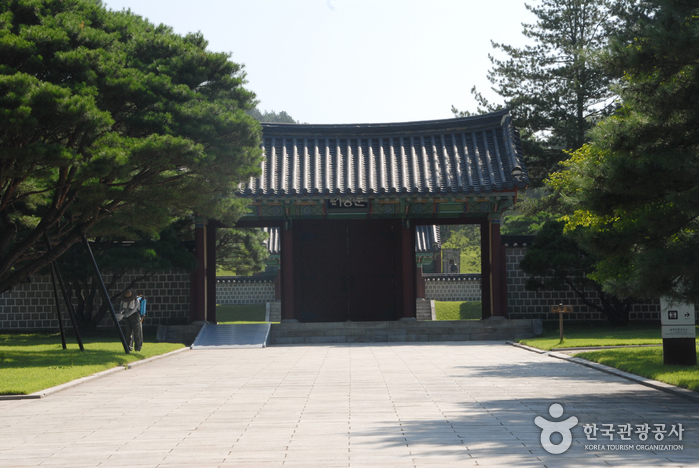

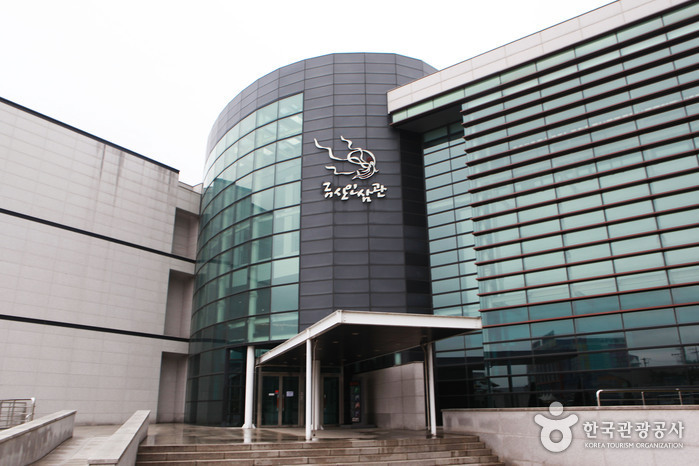
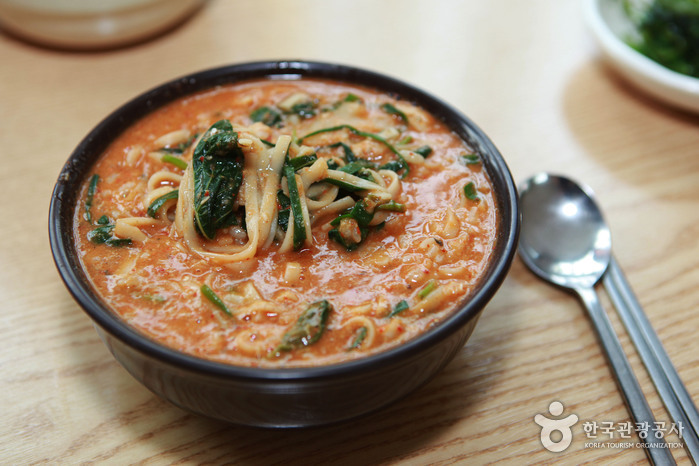
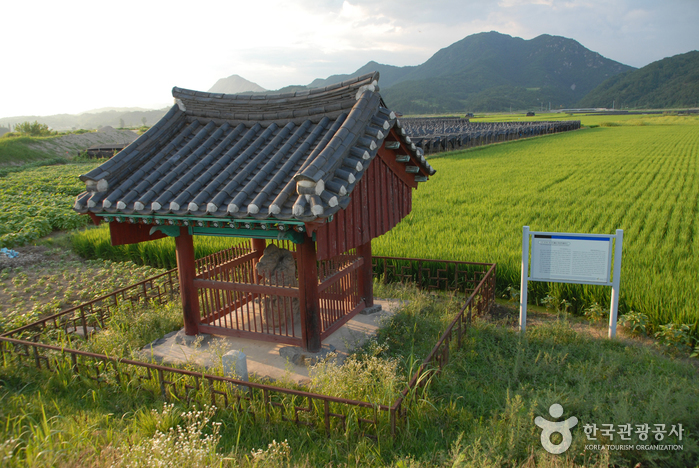
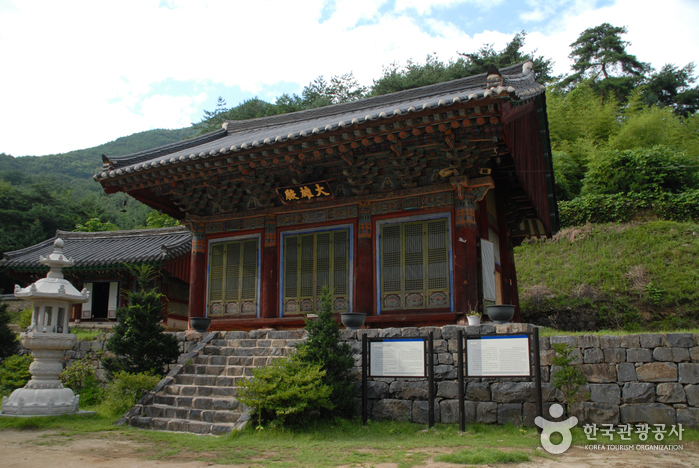
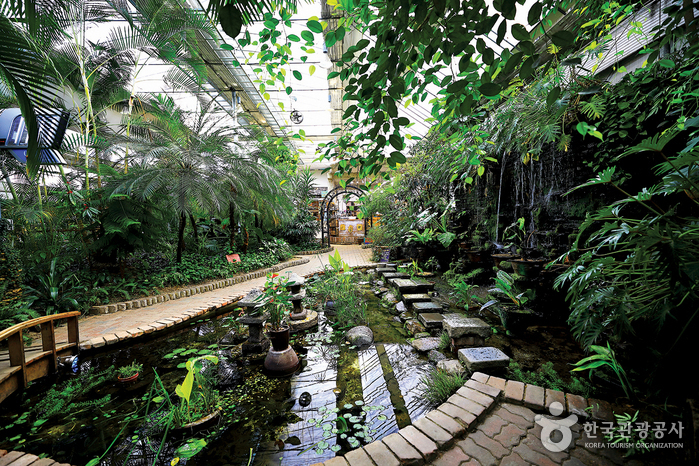
 English
English
 한국어
한국어 日本語
日本語 中文(简体)
中文(简体) Deutsch
Deutsch Français
Français Español
Español Русский
Русский